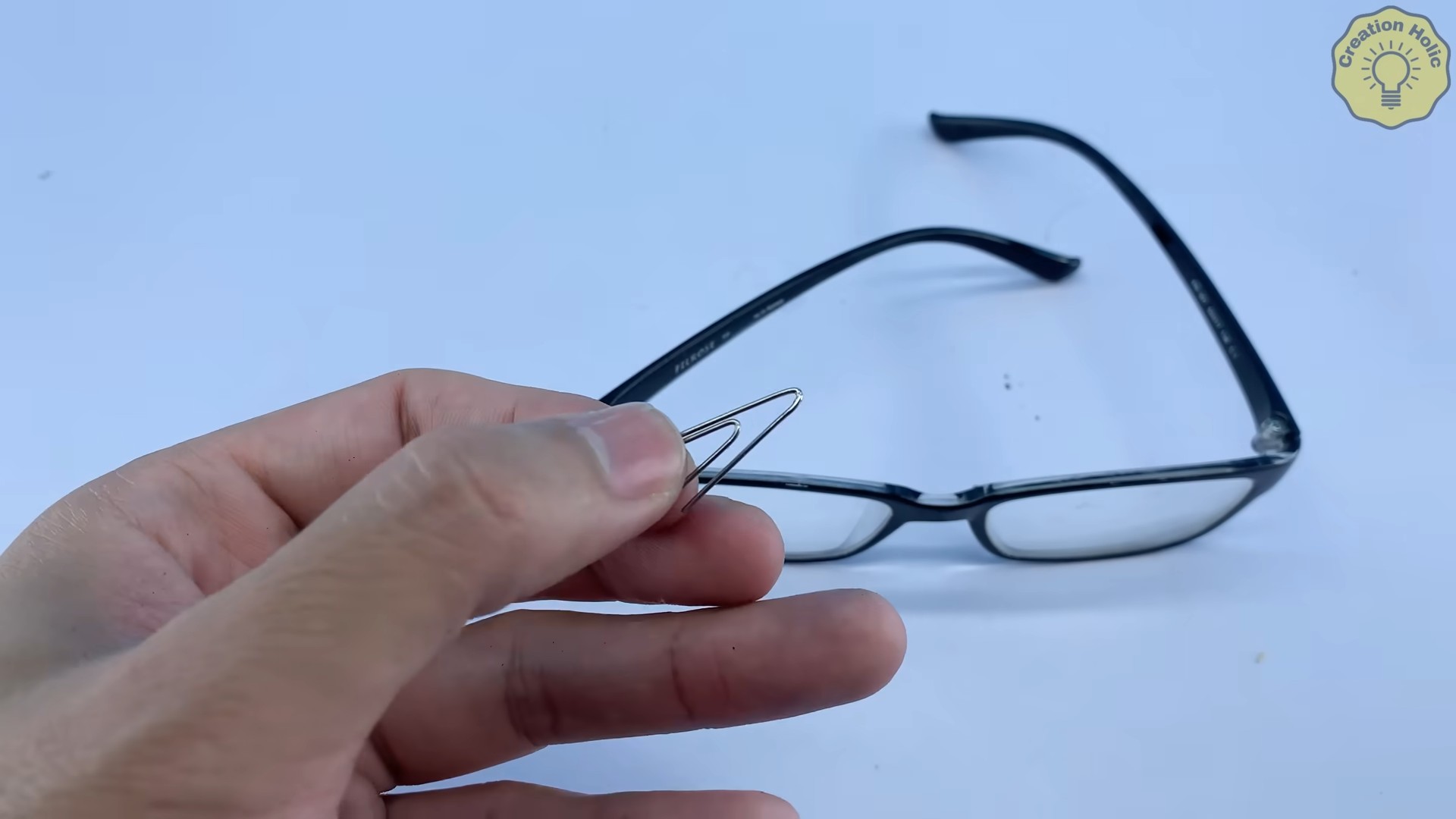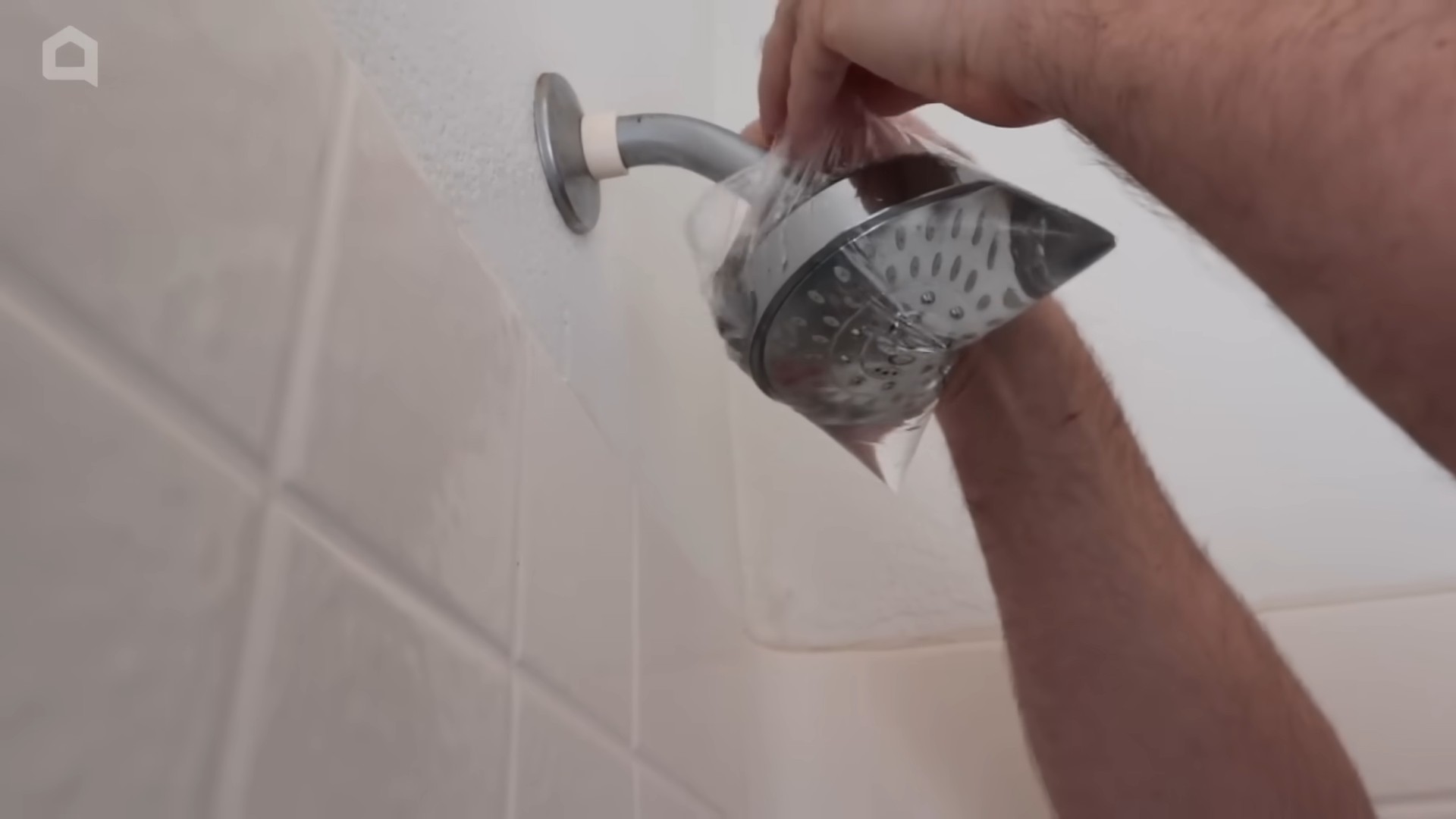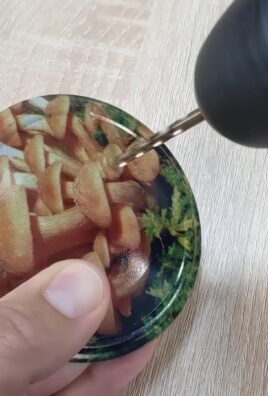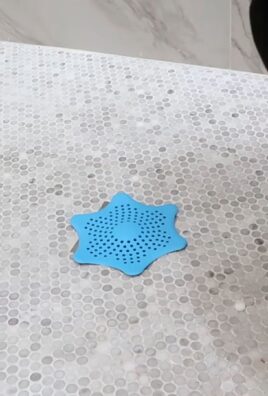Home repair tips for beginners can feel daunting, I know! Staring at a leaky faucet or a wobbly shelf can trigger a wave of panic, especially if you’re just starting out. But trust me, with the right guidance and a little bit of courage, you can tackle those small home repair projects yourself and save a ton of money in the process.
For centuries, people have relied on their own ingenuity to maintain and improve their homes. Think about the early settlers who built their own cabins from scratch, or the generations who passed down valuable repair skills within their families. This DIY spirit is deeply ingrained in our culture, and it’s something we can all tap into.
Why learn these home repair tips for beginners? Well, for starters, calling a professional for every minor issue can quickly drain your bank account. Plus, there’s a real sense of accomplishment that comes from fixing something yourself. You’ll gain confidence, learn valuable skills, and become more self-reliant. This article is packed with easy-to-follow instructions and helpful hacks that will empower you to take control of your home’s maintenance. So, grab your toolbox, and let’s get started!

Essential Home Repair Tips for Beginners: Conquer Your To-Do List!
Okay, so you’re staring down a list of home repairs that’s longer than your arm, and feeling a little (or a lot!) overwhelmed? Don’t worry, we’ve all been there. The good news is, you don’t need to be a seasoned contractor to tackle many common household fixes. With a little know-how, the right tools, and a healthy dose of patience, you can save yourself a ton of money and gain a serious sense of accomplishment. Let’s dive into some essential home repair tips for beginners!
Unclogging a Stubborn Drain
A clogged drain is a classic household headache. Before you reach for harsh chemicals, try these gentler, more effective methods.
What You’ll Need:
* Boiling water
* Baking soda
* Vinegar
* Plunger
* Drain snake (optional, but highly recommended)
* Screwdriver (for removing drain stopper if necessary)
* Gloves (to protect your hands)
Step-by-Step Instructions:
1. Start with Boiling Water: Carefully pour a kettle of boiling water down the drain. This can often dissolve minor clogs caused by grease or soap buildup. Let it sit for a few minutes.
2. The Baking Soda and Vinegar Power Duo: If boiling water doesn’t do the trick, pour about 1 cup of baking soda down the drain, followed by 1 cup of vinegar. Let it fizz and bubble for about 30 minutes. This chemical reaction helps break down the clog.
3. Flush with More Boiling Water: After the 30 minutes, flush the drain with another kettle of boiling water.
4. Plunge Away: If the drain is still clogged, it’s time to grab the plunger. Make sure there’s enough water in the sink or tub to cover the cup of the plunger. Create a tight seal around the drain opening and plunge vigorously up and down for several minutes. Remove the plunger and see if the water drains. Repeat as needed.
5. The Drain Snake Savior: If plunging doesn’t work, it’s time to bring out the drain snake (also known as a plumbing snake). This flexible tool can reach further down the drain to break up or retrieve the clog. Carefully insert the snake into the drain opening and rotate it as you push it down. If you feel resistance, keep rotating to break up the clog or hook onto it. Slowly pull the snake back out, removing any debris. Repeat as needed.
6. Remove the Drain Stopper (If Necessary): Sometimes, the clog is right under the drain stopper. Use a screwdriver to remove the stopper and clean any hair or debris that’s trapped there.
7. Prevention is Key: To prevent future clogs, avoid pouring grease down the drain and use a drain strainer to catch hair and food particles.
Patching a Small Hole in Drywall
Accidentally put a hole in the wall? Don’t panic! Patching small holes in drywall is a surprisingly easy DIY project.
What You’ll Need:
* Utility knife
* Drywall patch (self-adhesive or metal mesh)
* Joint compound (also known as drywall mud)
* Putty knife (various sizes are helpful)
* Sandpaper (fine-grit)
* Primer
* Paint (matching your wall color)
* Damp sponge or cloth
Step-by-Step Instructions:
1. Prepare the Area: Use a utility knife to carefully remove any loose or jagged edges around the hole. This will create a clean surface for the patch.
2. Apply the Drywall Patch: If you’re using a self-adhesive drywall patch, simply peel off the backing and stick it over the hole, centering it carefully. If you’re using a metal mesh patch, you’ll need to apply a thin layer of joint compound around the edges of the hole to hold the patch in place.
3. Apply the First Coat of Joint Compound: Using a putty knife, apply a thin, even coat of joint compound over the patch, feathering it out onto the surrounding wall. The goal is to completely cover the patch and create a smooth transition between the patch and the wall.
4. Let it Dry: Allow the joint compound to dry completely. This usually takes several hours or overnight. It will shrink slightly as it dries.
5. Apply a Second Coat of Joint Compound: Once the first coat is dry, apply a second thin coat of joint compound, again feathering it out onto the surrounding wall. This will help to fill in any imperfections and create a smoother surface.
6. Let it Dry Again: Allow the second coat of joint compound to dry completely.
7. Sand it Smooth: Use fine-grit sandpaper to gently sand the patched area until it’s smooth and flush with the surrounding wall. Be careful not to sand too hard, as you could damage the surrounding paint.
8. Clean the Area: Use a damp sponge or cloth to remove any sanding dust from the wall.
9. Prime the Patch: Apply a coat of primer to the patched area. This will help the paint adhere properly and prevent the patch from showing through.
10. Paint the Wall: Once the primer is dry, paint the patched area with paint that matches your wall color. You may need to apply two coats of paint for complete coverage.
11. Admire Your Handiwork: Step back and admire your perfectly patched wall!
Fixing a Running Toilet
A running toilet can waste a lot of water (and money!). Luckily, it’s often a simple fix.
What You’ll Need:
* Toilet flapper (universal or specific to your toilet model)
* Toilet fill valve (optional, if the fill valve is the problem)
* Small bucket or container
* Sponge
* Adjustable wrench (optional)
* Gloves
Step-by-Step Instructions:
1. Turn Off the Water Supply: Locate the water shut-off valve behind the toilet (usually near the floor) and turn it clockwise to shut off the water supply.
2. Flush the Toilet: Flush the toilet to drain as much water as possible from the tank.
3. Sponge Out Remaining Water: Use a sponge to soak up any remaining water in the tank.
4. Inspect the Flapper: The flapper is the rubber or plastic piece that seals the drain at the bottom of the tank. Examine it for cracks, tears, or mineral buildup. If the flapper is damaged, it needs to be replaced.
5. Replace the Flapper: Disconnect the old flapper from the chain and the pegs on the overflow tube. Attach the new flapper to the chain and the pegs. Make sure the chain has a little slack so the flapper can seal properly.
6. Inspect the Fill Valve: The fill valve is the mechanism that refills the tank after a flush. If the water level in the tank is too high, the fill valve may be the problem. Look for any signs of damage or wear.
7. Adjust the Fill Valve (If Necessary): Most fill valves have an adjustment screw or clip that allows you to adjust the water level. Lower the water level slightly and see if that stops the toilet from running.
8. Replace the Fill Valve (If Necessary): If adjusting the fill valve doesn’t work, you may need to replace it. Disconnect the water supply line from the bottom of the fill valve. Remove the old fill valve and install the new one, following the manufacturer’s instructions.
9. Turn the Water Supply Back On: Slowly turn the water shut-off valve counterclockwise to turn the water supply back on.
10. Observe the Toilet: Watch the toilet to make sure it’s filling properly and that the flapper is sealing correctly. Flush the toilet several times to test it.
11. Make Further Adjustments (If Necessary): If the toilet is still running, you may need to make further adjustments to the flapper chain or the fill valve.
Tightening Loose Screws
Loose screws are a common problem, especially in furniture and door hinges. Here’s how to fix them.
What You’ll Need:
* Screwdriver (appropriate size and type for the screw)
* Toothpicks or wooden matchsticks
* Wood glue (optional)
Step-by-Step Instructions:
1. Identify the Loose Screw: Locate the screw that’s loose.
2. Remove the Screw: Carefully remove the screw from the hole.
3. Fill the Hole: Break off several toothpicks or wooden matchsticks and insert them into the screw hole. You can also add a small amount of wood glue to the toothpicks for extra hold.
4. Break Off Excess: Break off any excess toothpick or matchstick material that’s sticking

Conclusion
So, there you have it! Mastering these simple DIY home repair tips for beginners can truly transform your living space and empower you to tackle common household issues with confidence. No longer will you be at the mercy of expensive contractors for minor fixes. This isn’t just about saving money; it’s about gaining a sense of accomplishment and control over your environment.
The beauty of these techniques lies in their accessibility. They require minimal tools, readily available materials, and a willingness to learn. From patching up drywall to silencing a squeaky door, each successful repair builds your skills and boosts your self-reliance. Think of it as an investment in your home and yourself.
But don’t stop there! These are just starting points. Once you’ve mastered the basics, feel free to experiment and adapt these techniques to suit your specific needs and preferences. For instance, when patching drywall, consider using different types of joint compound for varying textures. You could even explore decorative patching techniques to turn a simple repair into a unique design element. Similarly, when dealing with plumbing leaks, research different types of pipe fittings and sealants to find the best solution for your particular situation.
Remember, safety is paramount. Always turn off the power or water supply before working on electrical or plumbing repairs. Wear appropriate safety gear, such as gloves and eye protection, and don’t hesitate to consult a professional if you’re unsure about any aspect of the repair.
We wholeheartedly encourage you to try these DIY home repair tips for beginners. Start with a small, manageable project and gradually work your way up to more complex tasks. The satisfaction of fixing something yourself is truly rewarding.
And most importantly, share your experiences with us! We’d love to hear about your successes, challenges, and any variations you’ve discovered. Your feedback will not only help us improve these tips but also inspire other readers to embark on their own DIY journeys. So, grab your toolbox, roll up your sleeves, and get ready to transform your home, one repair at a time! Let’s build a community of empowered homeowners who are confident in their ability to maintain and improve their living spaces.
Frequently Asked Questions (FAQs)
What are the most essential tools I need to get started with DIY home repairs?
A good starting point includes a hammer, various screwdrivers (Phillips and flathead), an adjustable wrench, pliers, a measuring tape, a level, a utility knife, safety glasses, and work gloves. As you tackle more specific projects, you can gradually expand your tool collection. A cordless drill/driver is also a highly recommended investment for its versatility. Don’t feel pressured to buy the most expensive tools right away; start with mid-range quality and upgrade as needed.
I’m a complete beginner. Where should I start?
Begin with simple, low-risk projects like tightening loose screws, replacing a light bulb, or caulking around a bathtub. These tasks require minimal skill and can help you build confidence. Watching online tutorials and reading step-by-step guides can also be incredibly helpful. Don’t be afraid to ask for help from friends or family members who have experience with home repairs.
How do I know when a repair is beyond my capabilities and I should call a professional?
If a repair involves complex electrical wiring, structural issues, or significant plumbing work, it’s best to consult a professional. Also, if you’re uncomfortable or unsure about any aspect of the repair, err on the side of caution and seek expert assistance. Trying to tackle a project beyond your skill level can lead to further damage or even injury.
What are some common mistakes beginners make when attempting DIY home repairs?
One common mistake is not properly preparing the work area. This includes protecting surrounding surfaces, gathering all necessary tools and materials, and turning off the power or water supply when necessary. Another mistake is rushing through the repair without carefully following instructions. Taking your time and paying attention to detail can significantly improve the outcome. Also, using the wrong tools or materials can lead to subpar results or even damage.
How can I save money on home repairs?
DIY repairs are a great way to save money, but it’s important to do them correctly. Research the project thoroughly before starting, and don’t be afraid to ask for help if you’re unsure about something. Buying used tools or materials can also help you save money. Consider purchasing materials in bulk if you anticipate needing them for future projects. Preventative maintenance, like regularly cleaning gutters and inspecting plumbing fixtures, can also help you avoid costly repairs down the road.
What are some essential safety precautions I should take when doing DIY home repairs?
Always wear safety glasses to protect your eyes from debris. Wear work gloves to protect your hands from cuts and abrasions. Turn off the power supply before working on electrical repairs. Turn off the water supply before working on plumbing repairs. Use a ladder safely by ensuring it’s on a level surface and properly secured. Keep your work area clean and organized to prevent accidents. And most importantly, never attempt a repair if you’re feeling tired or distracted.
How can I find reliable information and tutorials for DIY home repairs?
There are many online resources available, including websites, blogs, and video tutorials. Look for reputable sources that provide clear, concise instructions and helpful visuals. Libraries and home improvement stores also offer books and workshops on various DIY topics. Consider taking a basic home repair class to learn fundamental skills and techniques.
What if I damage something while attempting a DIY repair?
Accidents happen. If you damage something, assess the extent of the damage and determine the best course of action. If it’s a minor issue, you may be able to repair it yourself. If it’s a more significant problem, you may need to call a professional. Don’t panic; simply learn from your mistakes and move forward.
How can I maintain my home to prevent future repairs?
Regular maintenance is key to preventing costly repairs. Clean gutters regularly to prevent water damage. Inspect plumbing fixtures for leaks and address them promptly. Check for cracks in walls and ceilings and repair them as needed. Lubricate squeaky hinges and door knobs. Replace air filters regularly. By taking care of these small tasks, you can significantly extend the lifespan of your home and avoid major repairs.




Leave a Comment